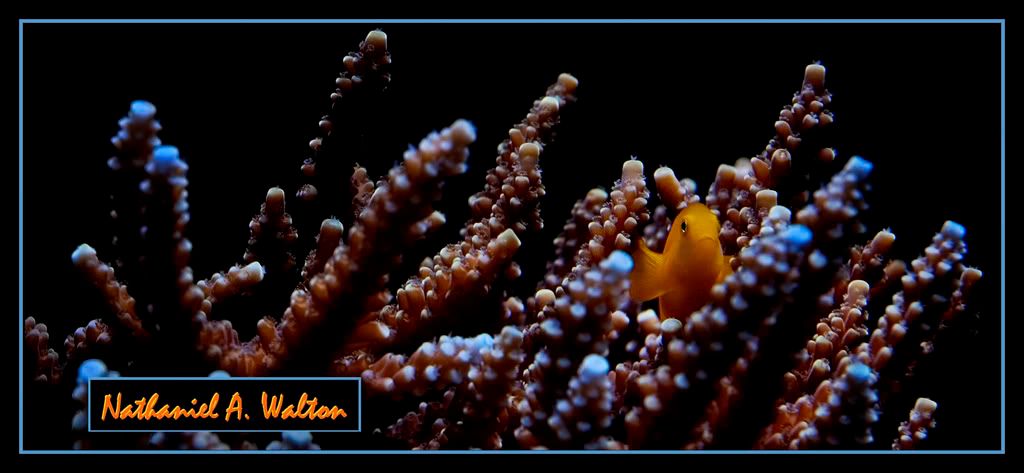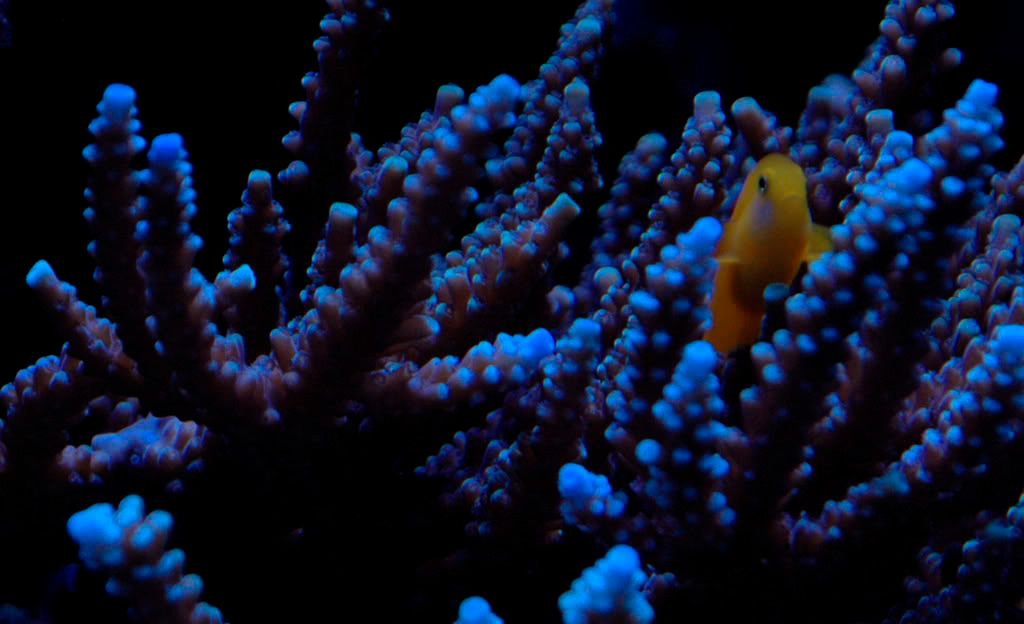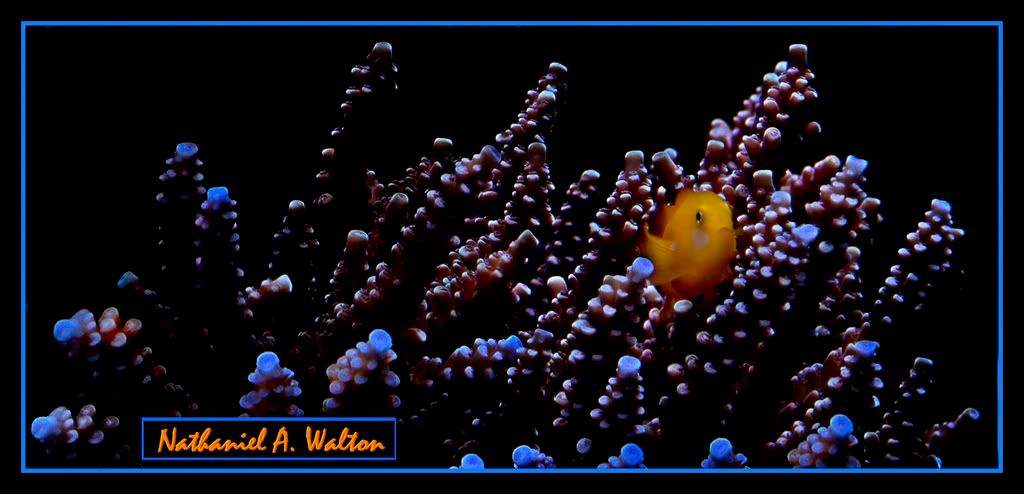
Starting with my new setup my nitrates started creeping up. Even after adding a refugium and my macroalgae taking off my nitrates were climbing and I was worried about algae issues in the display. I had heard of a crazy method back in 2004 where addition of vodka to the tank would remove nitrates but this would only be a last resort and should only be done in a fish only setup. Looking at how these people were going about dosing, I decided it would be reef safe if I did it slowly instead of pooring insane amounts of vodka into the tank (insane maybe overstating a bit as insane would be 10mL per 100 gallons with 40% alcohol). After playing around with the concept of vodka dosing, I decided to give it a go. I had very little results on my old tank for about three months and then everything looked better and my macroalgae hit a point where it stopped growing.
That tank was torn down because I was moving. When I resetup my tank in June of 2007, I was determined to keep nitrates at a low level and wanted to get more into the obsession of sps corals. I began dripping 8mL of 20% vodka into my system in October 2008 on a daily basis. My nitrates were completely eliminated by November. Introduction of sps corals started that december and my growth and luck with them have been phenominal. I have kept everything I've introduced into the tank aside from an accident with an alk spike and a online coral order from fragfarmer. Though the tank is not completely sps, as you can see from the above image, I have slowly moved it more and more in that direciton.
Back to the vodka, not only is it great to drink but it has useful purposes! After reading many German threads and everything on Reefcentral on this subject I was asked to write a 'How To' article for Reefkeeping.com. The article sums up almost all questions asked about vodka dosing. One topic left out was water changes. Water changes are the staple of reefkeeping, they replenish and maintain trace elements while removing organic molecules that are not easily removed by skimming. The latter comes from dilution as a result of the water changes. The reason it is not addressed is because once nitrates are eliminated and people have calcium, magnesium, and alk under control it no longer becomes essential. In the past year I have done one 5% water change. The pictures in the article written also come from a tank where only 2 water changes occurred in the 16 months the tank was up and running. With that, it was hard to answer this question as in the hobby it has long been thought that water changes are needed and I wished not to go against unwritten doctrine. The 'How To' article can be found here:
A Powerful Method for the Reduction of
Nitrates and Phosphates within the Reef Aquaria
by Nathaniel A. Walton (Genetics) and Matt Bjornson (Stony_Corals)
Nitrates and Phosphates within the Reef Aquaria
by Nathaniel A. Walton (Genetics) and Matt Bjornson (Stony_Corals)


